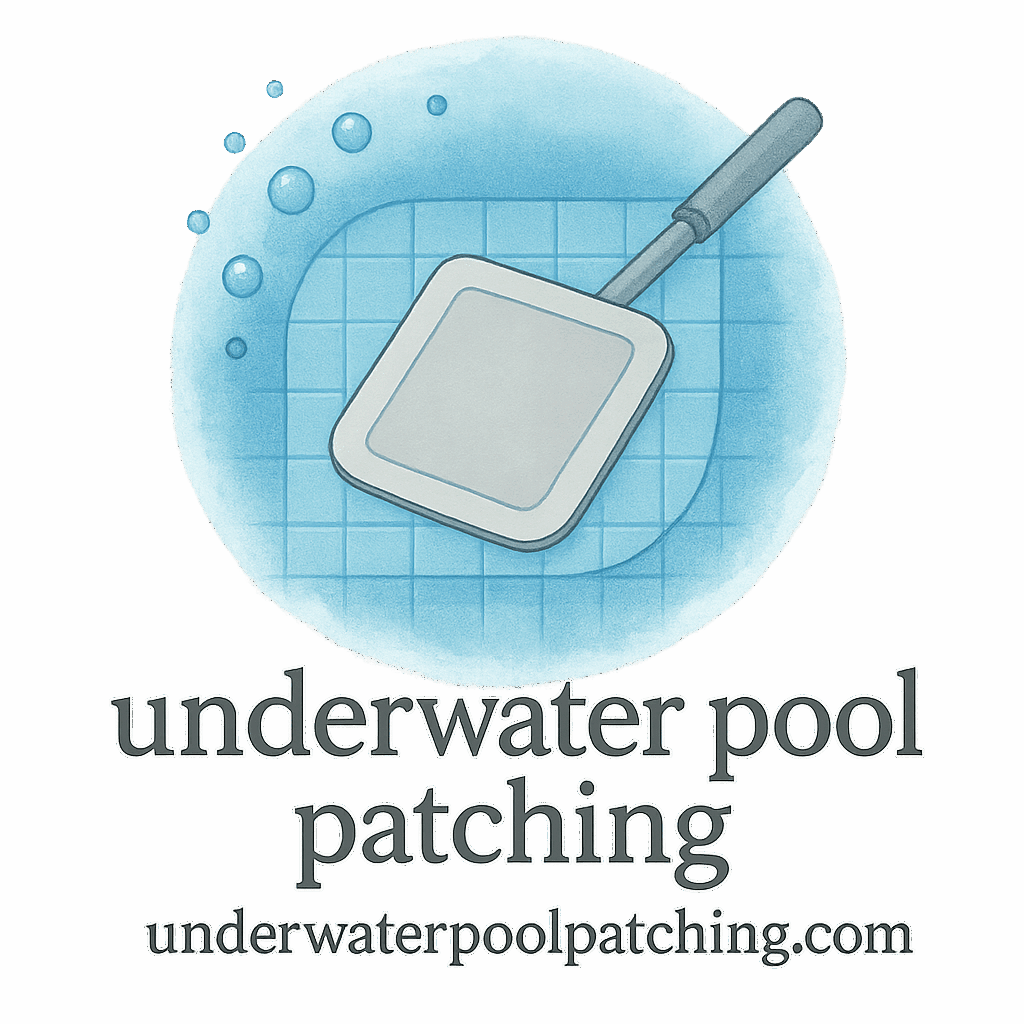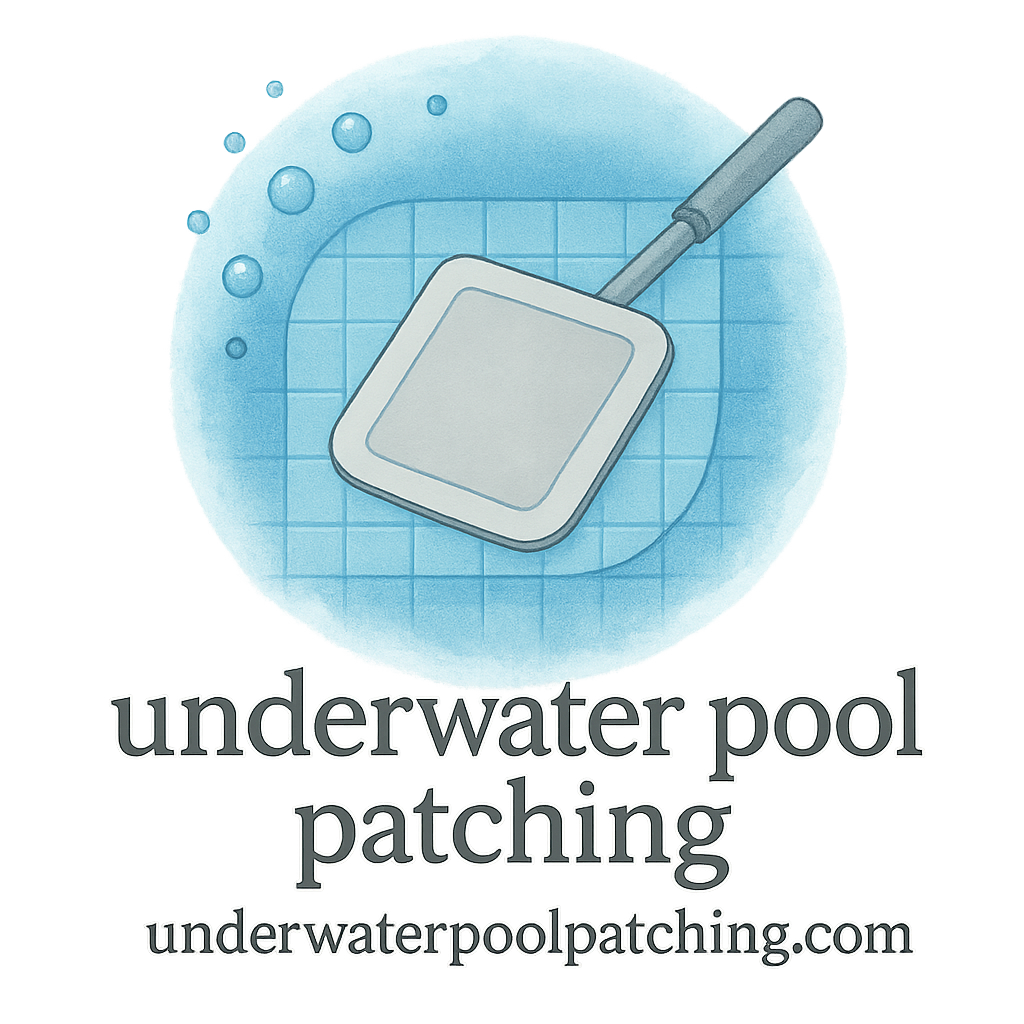Introduction: Why Pool Application Materials Matter
When it comes to keeping your swimming pool in top shape, the right materials can make or break your repair or renovation efforts. You might think patching a pool is all about skill, but let’s be real—if you don’t have the right material, even the best patching techniques won’t last long. That’s why exploring innovative materials for pool repairs is crucial if you want durability, efficiency, and cost savings.
Understanding Pool Applications and Longevity
Keeping a pool in good condition is more than just regular cleaning. The materials used for patching, sealing, and waterproofing determine how long repairs last.
The Role of Materials in Pool Repairs
Every pool repair project—whether fixing a small crack, sealing a leak, or applying a waterproof layer—depends heavily on the materials used. Think of it like building a house: a weak foundation will collapse regardless of how pretty the walls look.
Common Issues With Traditional Pool Materials
Traditional materials like plain cement or basic adhesives often fail under constant exposure to water, chlorine, and UV rays. They crack, peel, or wear out, which means constant reapplication and rising costs. That’s why switching to innovative materials is the smart move.
Material #1: Epoxy Resins
Why Epoxy is a Game-Changer
Epoxy resins have revolutionized pool repair. They offer a super-strong bond that resists water pressure, chlorine, and even fluctuating temperatures. This makes epoxy one of the most reliable materials for underwater pool patching (learn more here).
Application Tips Using Epoxy
Surface Prep for Maximum Adhesion
The key to a strong epoxy application is cleaning the surface thoroughly. Dirt, algae, or even tiny particles can weaken the bond. A quick inspection and diagnosis before applying epoxy ensures long-lasting results (inspection guide).
Best Practices for Underwater Epoxy Application
Mix small batches of epoxy and apply it directly to the damaged spot while underwater. Smooth out the edges to avoid rough finishes that might peel off later (edge finishing tips).
Material #2: Polymer-Based Sealants
Flexibility and Leak Resistance
Polymer-based sealants are flexible, which means they move with the pool structure instead of cracking under pressure. They’re especially useful for sealing joints and edges.
Application Tips for Polymer Sealants
Apply polymer sealants in thin layers, allowing each layer to cure properly before adding another. This ensures deeper penetration and stronger sealing power.
Material #3: Fiber-Reinforced Cement
Strength and Durability for Pool Structures
Fiber-reinforced cement is like regular cement on steroids. The added fibers improve tensile strength, making it less prone to cracking.
Proper Application for Crack Repairs
When repairing structural cracks, make sure to press the fiber-cement deep into the crack. This prevents future water seepage and strengthens the overall structure.

Material #4: Vinyl Patch Kits
Why Vinyl Patches Are Still Popular
Vinyl patches remain a favorite for above-ground and vinyl-lined pools. They’re quick, easy, and cost-saving (budget-friendly solutions).
Application Tips for Long-Lasting Patches
Cut the patch into a round shape to avoid peeling edges. Apply underwater adhesive generously and press firmly to ensure a smooth finish (smoothing tips).
Material #5: Hybrid Waterproof Coatings
Combining Old and New Technologies
Hybrid waterproof coatings combine traditional cementitious layers with modern polymers. This gives them both strength and flexibility, a rare combo in pool repair.
Steps to Apply Waterproof Coatings Effectively
Start by cleaning the surface, then apply a primer before adding the hybrid coating. Always work in small sections to avoid uneven drying.
Material #6: Advanced Silicone Compounds
Resistance to Chemicals and UV Rays
Silicone compounds are highly resistant to harsh pool chemicals and UV rays. They’re perfect for sealing expansion joints and areas exposed to sunlight.
Application Tips for Silicone in Pool Joints
Apply silicone evenly using a caulking gun, then smooth with a finishing tool for clean edges. Allow it to cure fully before refilling the pool.
Comparing Materials: Which One Should You Choose?
Cost Considerations
If you’re on a tight budget, vinyl patches and polymer sealants are cost-effective choices. For long-term savings, epoxy and hybrid coatings offer better value (money-saving tips).
Maintenance and Longevity Factors
Materials like epoxy and silicone may cost more upfront but reduce the need for frequent repairs. This makes them ideal for long-term maintenance plans (maintenance strategies).
Expert Application Tips for Pools
Inspection and Diagnosis Before Application
Always perform a thorough leak detection and inspection before applying materials (diagnosis guide). Skipping this step means you might miss hidden leaks.
Tools That Make Application Easier
Use rollers for coatings, caulking guns for sealants, and smoothing tools for patches. Having the right tools makes application faster and more professional-looking.
Mistakes to Avoid When Applying Pool Materials
Overlooking Surface Preparation
One of the biggest mistakes is applying materials without cleaning or prepping the surface. It’s like painting over dirt—the result won’t last.
Using the Wrong Material for the Problem
Not every material works for every repair. For example, don’t use vinyl patches on concrete pools. Always match the material to the issue (patching techniques).
How Innovative Materials Save Money Over Time
Extending Patch Life
Using innovative materials means fewer repairs, longer patch life, and better savings over time (patch life insights).
Preventing Costly Restorations
By applying the right materials early, you can prevent small issues from becoming expensive restoration projects (restoration tips).
Maintenance Tips After Material Application
Routine Checks for Long-Term Performance
Schedule routine checks to catch small problems before they worsen (routine maintenance).
Creating a Maintenance Plan
Having a structured maintenance plan ensures your pool stays in great shape year-round (maintenance plans).
Conclusion
Innovative pool materials like epoxy, polymer sealants, fiber-reinforced cement, vinyl patches, hybrid coatings, and silicone compounds can completely transform how you approach pool repairs. By pairing these materials with the right application techniques, you’re not just fixing your pool—you’re extending its life, saving money, and ensuring a safer swimming environment.
FAQs
- Which material is best for underwater pool patching?
Epoxy resins are considered the best because they bond strongly even underwater. - Are vinyl patch kits reliable for long-term use?
They’re great for quick fixes but may need replacement sooner than epoxy or hybrid coatings. - Can I apply fiber-reinforced cement by myself?
Yes, but make sure to press it deep into cracks for maximum strength. - How do I know which material to use?
Perform a leak detection and inspection first, then match the material to the issue. - Do polymer sealants last as long as epoxy?
Not quite, but they offer excellent flexibility and are perfect for sealing joints. - How often should I check my pool after applying new materials?
Routine checks every 3–6 months are ideal for spotting early issues. - Are innovative materials more expensive?
Initially, yes. But they save you money in the long run by reducing frequent repairs.


